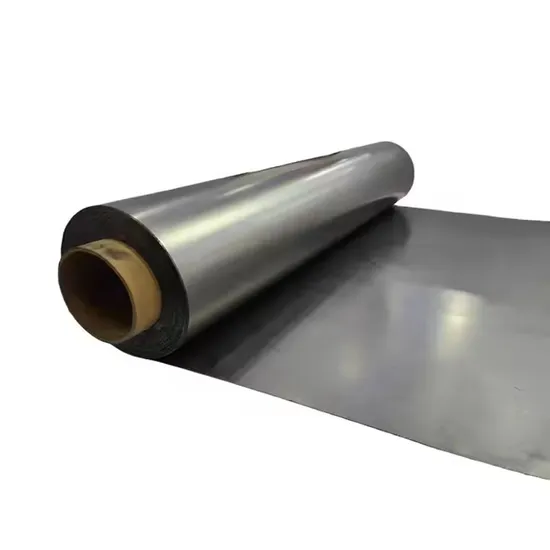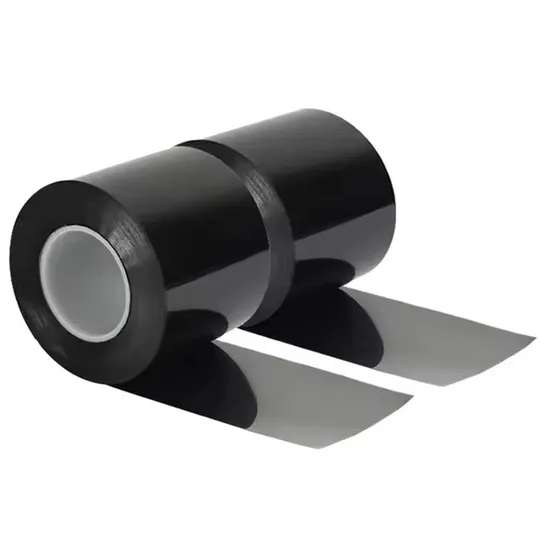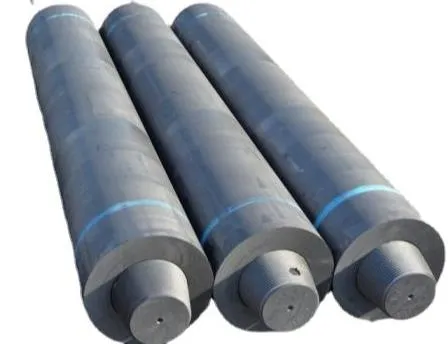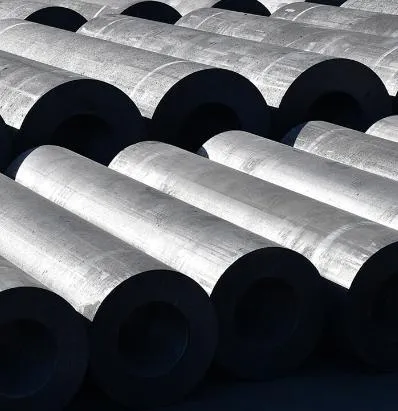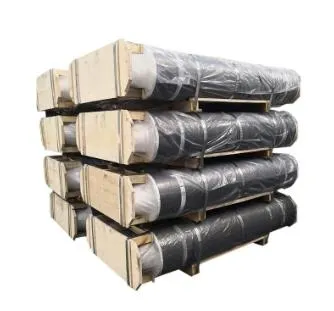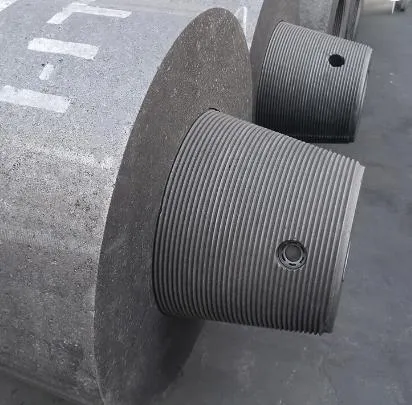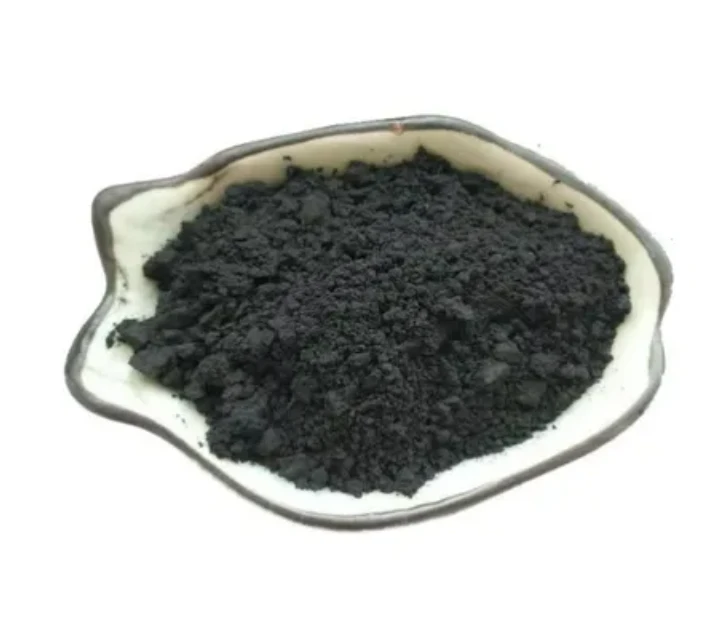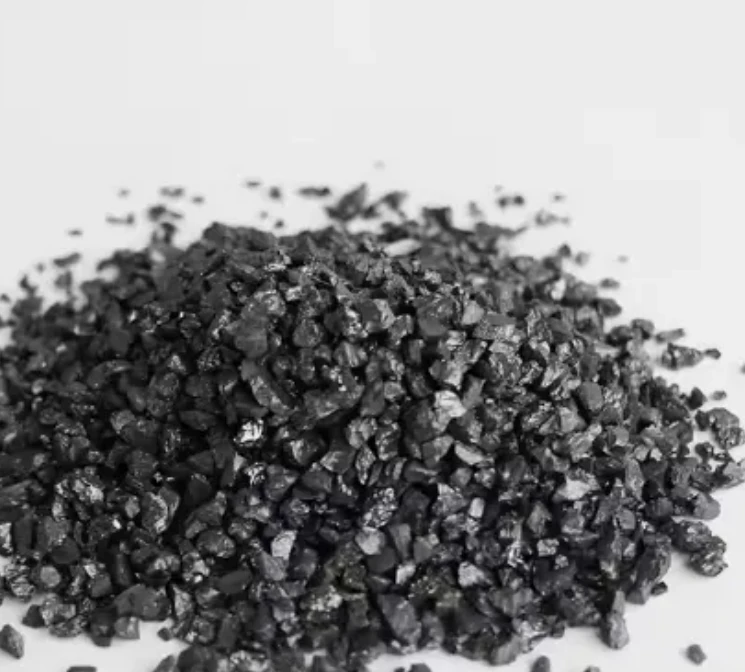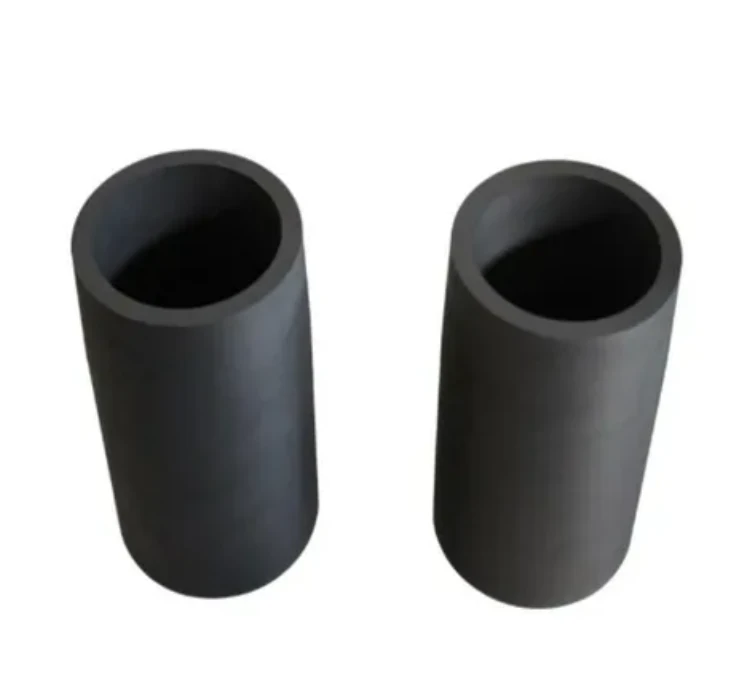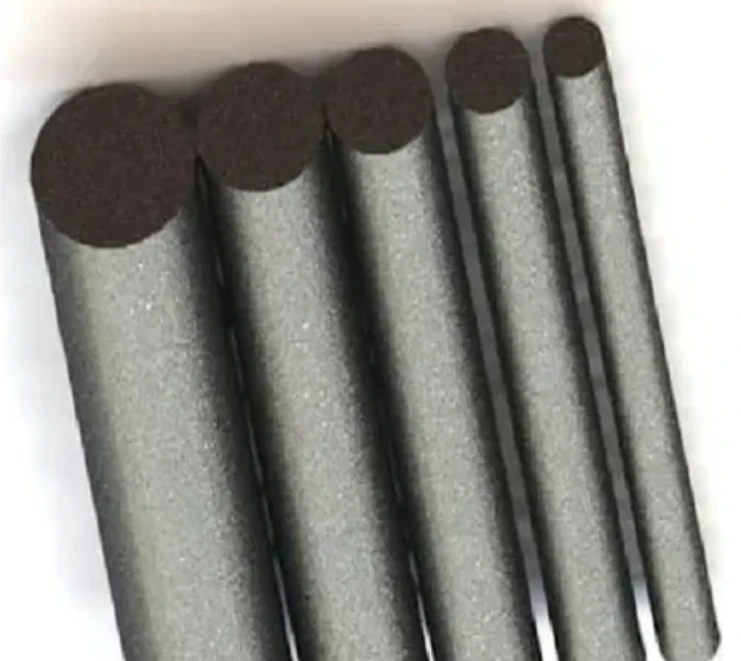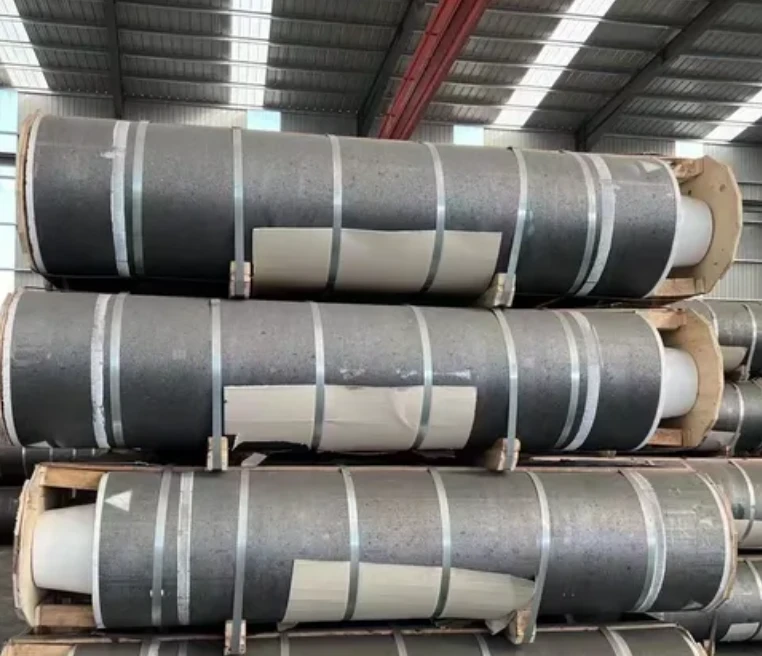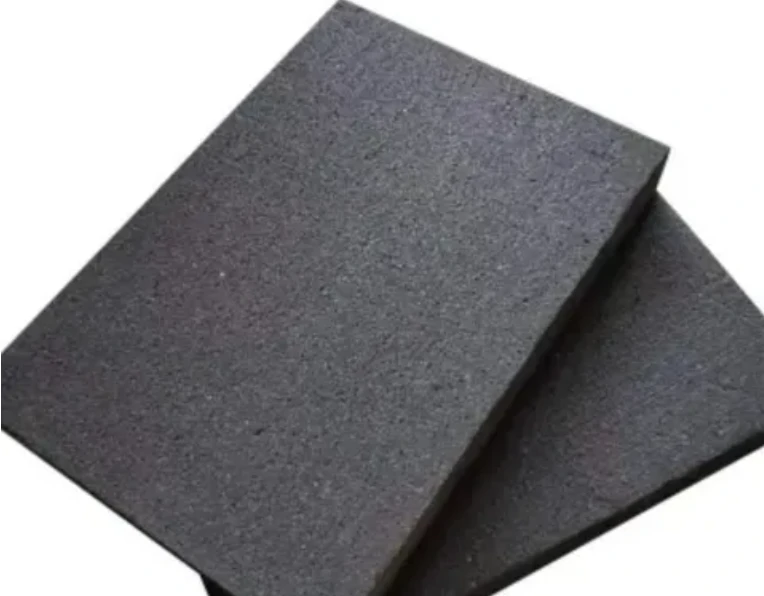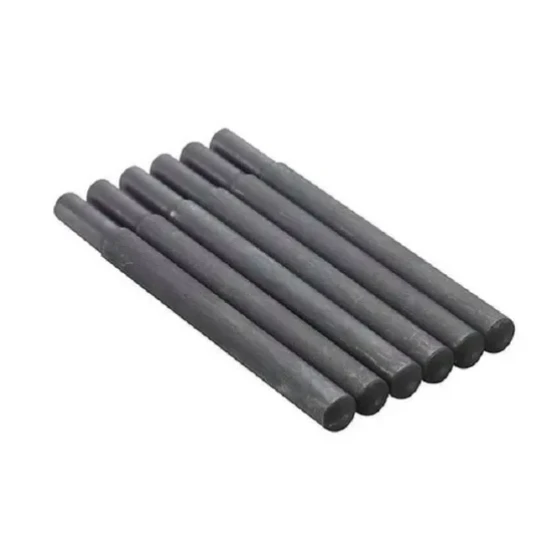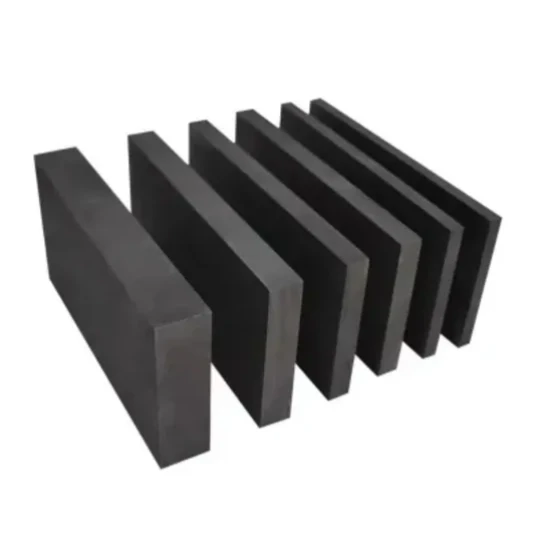- Englist


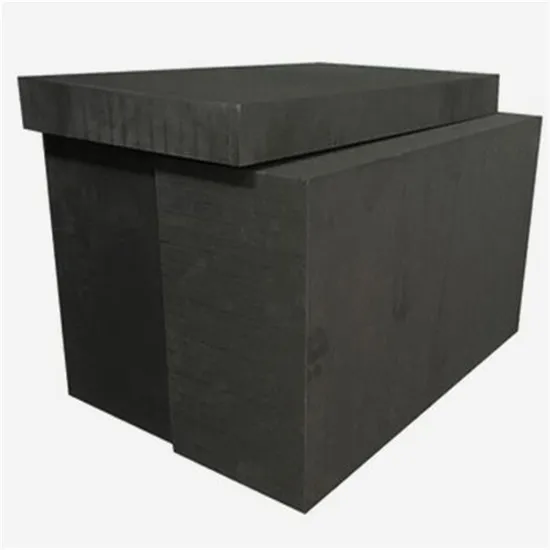
- Industry Overview of Graphite Electrodes
- Technical Superiority in Material Properties
- Comparative Analysis: Leading Manufacturers
- Customization for Industrial Requirements
- Performance Metrics Across Applications
- Operational Case Studies
- Future Applications and Sustainability

(graphite electrode used for)
Why Graphite Electrodes Dominate High-Temperature Manufacturing
Graphite electrodes serve as critical components in electric arc furnaces (EAFs), accounting for 75% of global steel recycling operations. With a global market value projected to reach $12.8 billion by 2028 (Grand View Research), their thermal conductivity (160 W/m·K) and melting point (3,600°C) outperform alternative materials. Over 68% of lithium-ion battery anode production now utilizes synthetic graphite electrodes due to enhanced purity standards (>99.9%).
Material Science Behind Electrode Efficiency
Three key properties make graphite ideal:
- Electrical Conductivity: 3× higher than silicon carbide
- Thermal Shock Resistance: Survives 1,200°C/minute fluctuations
- Mechanical Stability: Compressive strength up to 45 MPa
Recent advancements include needle coke variants reducing electrode consumption by 22% in continuous casting operations.
Manufacturer Comparison: Technical Specifications
| Vendor | Resistivity (μΩ·m) | Density (g/cm³) | Flexural Strength (MPa) | Typical Application |
|---|---|---|---|---|
| GrafTech | 5.2-6.3 | 1.70 | 16.5 | Ultra-High Power EAF |
| Showa Denko | 6.0-7.1 | 1.68 | 14.8 | Ferroalloy Production |
| HEG Limited | 5.8-6.5 | 1.72 | 17.2 | Silicon Metal Refining |
Tailored Solutions for Process Optimization
Custom electrode configurations address:
- Diameter variations (450mm to 750mm)
- Ultra-low sulfur content (<50ppm)
- Threaded vs. nipple connection systems
Specialized coatings can extend electrode lifespan by 40% in aluminum smelting environments with excessive fluoride exposure.
Quantifying Operational Improvements
Field data from 23 steel mills shows:
- 15-18% reduction in electrode consumption
- 9.7 kWh/ton decrease in energy usage
- 23% faster melt cycles
In silicon production, optimized electrodes achieved 99.2% metallurgical grade purity at 14% lower operational costs.
Real-World Implementation Examples
A Turkish steelmaker achieved ROI within 11 months through:
- Electrode diameter optimization (+18% arc stability)
- Automated joint monitoring system
- Predictive replacement scheduling
Chinese battery manufacturers report 99.4% production consistency using graded porosity electrodes.
Graphite Electrode Innovations Shaping Industrial Evolution
Emerging applications include:
- Hydrogen fuel cell bipolar plates
- Semiconductor-grade silicon crystal growth
- Plasma gasification waste conversion
With 92% of EAF operators planning capacity expansions, graphite electrodes remain vital for sustainable metal production. Ongoing R&D focuses on bio-based binders to reduce carbon footprint by 34% per ton output.
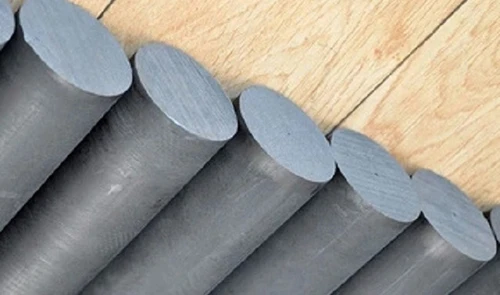
(graphite electrode used for)
FAQS on graphite electrode used for
Q: Why is graphite used as an electrode in industrial applications?
A: Graphite is used as an electrode due to its high electrical conductivity, thermal stability, and resistance to chemical reactions. These properties make it ideal for processes like electric arc furnaces in steel production.
Q: What makes graphite a preferred material for electrodes compared to metals?
A: Graphite outperforms metals as an electrode because it withstands extreme temperatures without melting and maintains structural integrity. Additionally, it’s more cost-effective for high-heat applications like smelting.
Q: In which industries is graphite electrode commonly used?
A: Graphite electrodes are widely used in steelmaking, lithium-ion battery production, and silicon manufacturing. They are critical for conducting electricity in high-temperature environments like electric arc furnaces.
Q: How does graphite’s structure contribute to its role as an electrode?
A: Graphite’s layered lattice structure allows free movement of electrons, enabling efficient electrical conductivity. Its porosity also aids in reducing thermal stress during rapid heating or cooling cycles.
Q: Can graphite electrodes be reused or recycled?
A: While graphite electrodes degrade over time due to oxidation and physical wear, broken pieces can sometimes be recycled into new electrodes. However, reuse is limited by performance requirements in critical applications.





 Pervious
Pervious
 Next
Next
